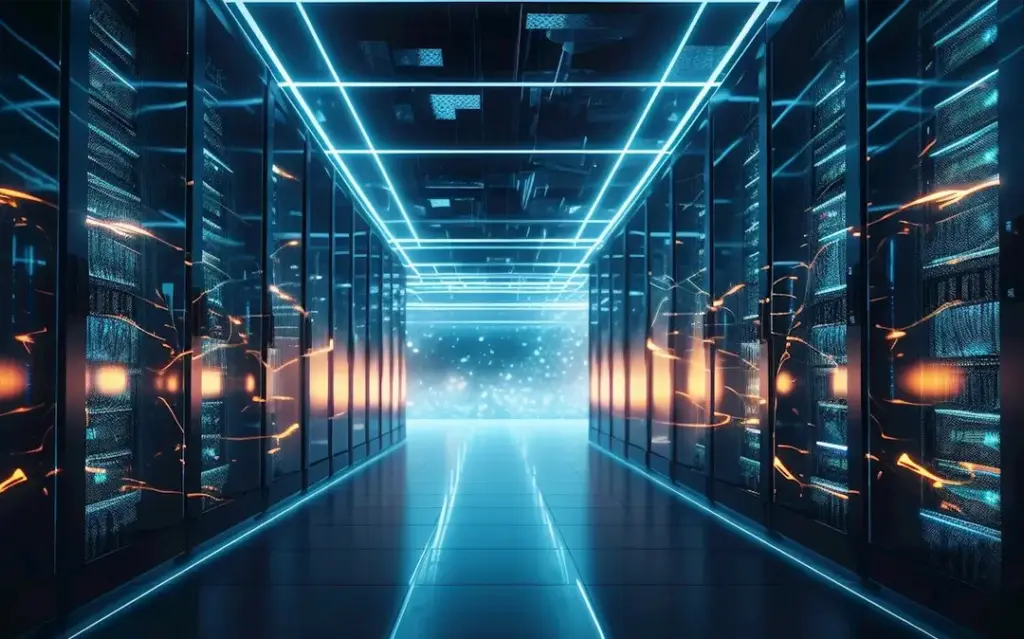The expansion of data centers and the increasing adoption of AI are heavily dependent on a reliable supply of electric power. For investors, this presents growing opportunities in power infrastructure and related industries.
The Rapid Growth of Data Centers and AI Adoption: Powering the Future
The widespread adoption of digitalisation and AI technologies has significantly increased the demand for data centers across the United States. To keep pace with the current rate of expansion, the power needs of data centers are projected to triple by the end of the decade. Data centers, which currently account for 3 to 4 percent of total US power demand, are expected to reach between 11 and 12 percent by 2030. This surge is driven by the skyrocketing need for computing power and data processing, alongside slower improvements in chip efficiency relative to power consumption. For example, the time it takes for central processing units to double their performance efficiency has increased from every two years to nearly three years.
To meet this increasing demand, the United States will need more than 50 gigawatts (GW) of additional data center capacity by 2030, which would require an estimated investment of over $500 billion in data center infrastructure alone.
The Power Sector’s Crucial Role in AI Growth
The power sector is emerging as a key player in the AI revolution. Access to reliable and sustainable power has become a critical factor in driving new data center developments. However, the power ecosystem faces substantial challenges in keeping up with the growing demands of data centers, including limitations on power sources, sustainability concerns, and the availability of infrastructure and skilled labor to build and maintain these facilities. For example, in key markets like Northern Virginia, the lead time for powering new data centers can exceed three years, and in some cases, the lead time for obtaining electrical equipment is two years or more.
Without significant investments in both data centers and power infrastructure, the potential of AI may not be fully realized. As this space evolves rapidly, there are substantial opportunities for investors and industry players to support the scaling of AI while capitalizing on the growing demand for power infrastructure.
Meeting the Escalating Demand for Data Centers
The United States is poised to be the fastest-growing market for data centers, with demand expected to increase from 25 GW in 2024 to over 80 GW by 2030. This explosive growth is driven by the continued expansion of digitalization, cloud migration, and the scaling of new technologies—particularly AI. Sparkview’s insights into this trend are reinforced by estimates suggesting that generative AI alone could contribute between $2.6 trillion and $4.4 trillion to the global economy. Meeting even a fraction of this potential would require between 50 and 60 GW of additional data center infrastructure in the US by the end of the decade.
The Unique Challenges of Data Center Power Load
As data centers become a significant part of the power landscape, their unique energy needs will drive a considerable portion of new demand in the US. While aggregate power demand in the US has remained relatively stagnant since 2007, data center power load could account for 30 to 40 percent of all new power demand through 2030. Meeting this growing demand—alongside the needs of industries like domestic manufacturing, electric vehicles, and hydrogen electrolyzers—will require an unprecedented increase in electricity production. Between 2024 and 2030, electricity demand for data centers in the US is expected to grow by approximately 400 terawatt-hours, representing a compound annual growth rate of about 23 percent.
